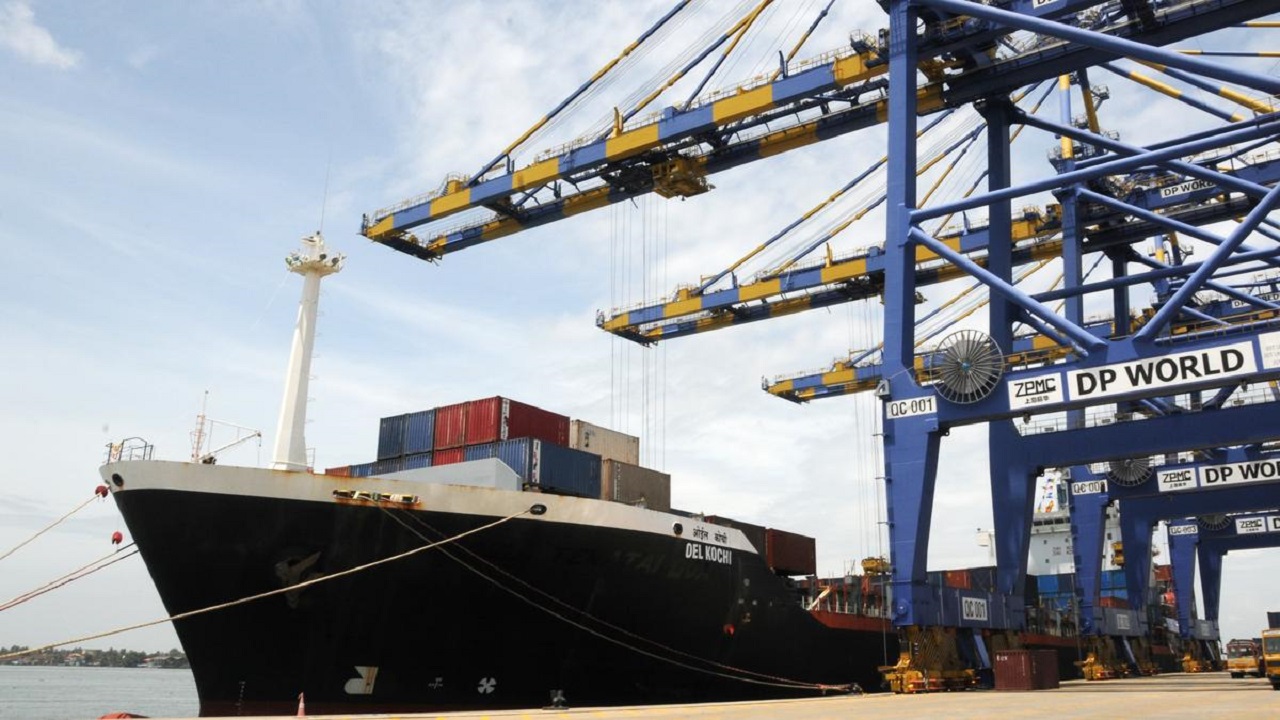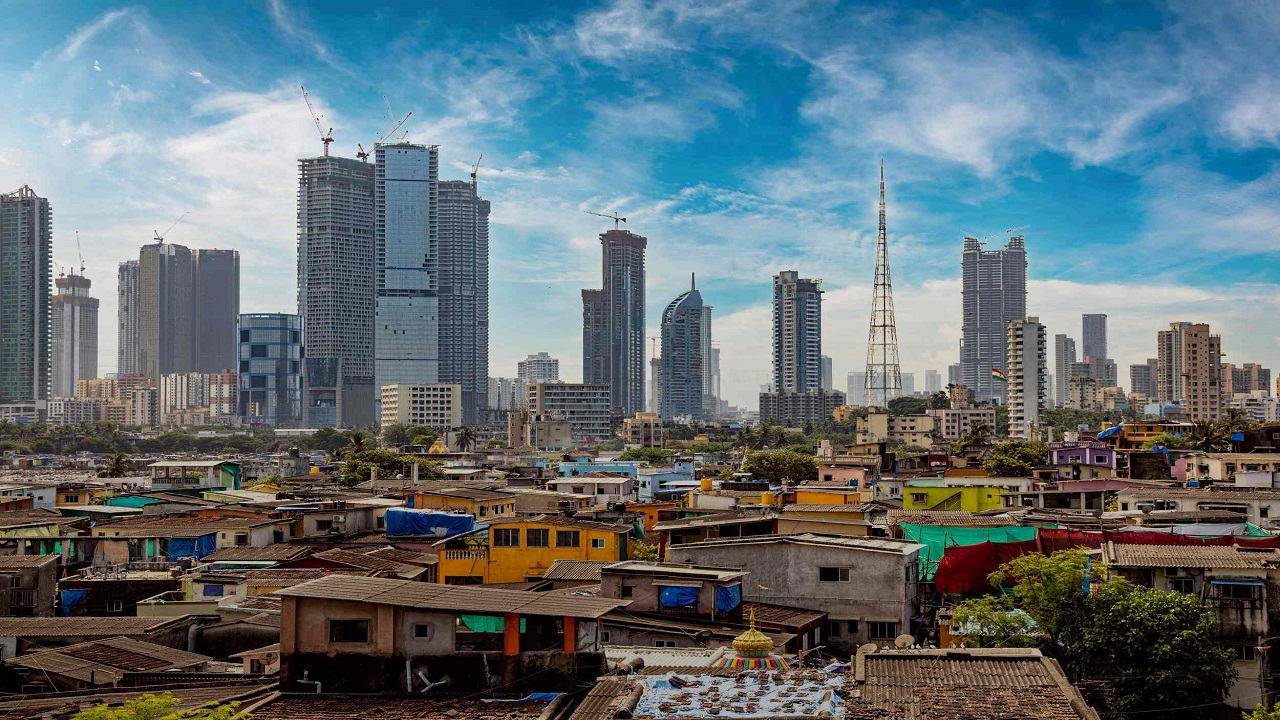Context:
External Affairs Minister S Jaishankar met Maldivian President Mohamed Muizzu recently and emphasised New Delhi’s commitment to deepen India-Maldives ties
Background:
Jaishankar is on a three-day official visit to Maldives to reset the bilateral relationship, the first high-level trip from India after the archipelago nation’s pro-China president Muizzu assumed office last year.
Key Takeaways:
- Jaishankar’s trip to the Maldives comes weeks after President Muizzu’s visit to India in June to attend the swearing-in ceremony of Prime Minister Narendra Modi’s government.
- The Maldives is an essential ally for India, helping to protect its maritime borders and monitor the wider Indian Ocean region, where China is expanding presence.
- The archipelago is located about 300 nautical miles (560 km) off the west coast of India and about 70 nautical miles (130 km) from Minicoy Island in Lakshadweep.
- The Chinese influence in the Maldives has progressively expanded over the last few decades.
- The island nation is a component of China’s Belt and Road Initiative, which has resulted in an influx of Chinese money and a deepening of the two countries’ relationship—at the expense of India.
Key Points on Mr. Muizzu’s ‘India Out’ Campaign and Its Aftermath:
- Muizzu campaigned on an ‘India Out’ plank during last years election, seeking the removal of Indian military personnel stationed in the Maldives.
- The Indian military was primarily there to operate aerial platforms for health and environmental emergencies. Approximately 75 Indian military personnel were stationed in the Maldives for these purposes.
- Muizzu used this presence as a focal point for political mobilization. Upon coming to power, Muizzu requested India to withdraw military personnel operating three aviation platforms gifted by India.
- India complied with the request, withdrawing military personnel. India replaced them with civilian personnel to operate a Dornier aircraft and two helicopters.
_(1).jpg)



Comments (0)